Differences between cosmetic and conventional tattoo
A permanent solution to make up?
27 May 2024
Cosmetic tattoos, also known as micro-pigmentation, have recently become extremely popular.
There are several reasons for choosing a tattoo of this kind, and there’s no difference between genres for it.
Some people believe that this technique is a mere alternative for make up, but actually, that’s not the only cause, and it’s so discreet that you could pass through someone who has it and not even notice it!!
Stay around if you want to learn what’s this all about.
What is micro-pigmentation?
It’s a branch inside cosmetology and conventional tattoo which is usually used for aesthetic purposes, as a solution to correct and beautify some factions or face areas that somehow people don’t feel comfortable with.
The objective is either to highlight the natural pigment from the skin which has been damaged for some reason, or simply because the person wants it that way. Also, they can be useful to fill skin areas affected by a scar, thus avoiding the notorious exposure of the wound.
Micro-pigmentation vs Classic Tattoo
Though it may seem that both techniques are alike, they aren’t so much. Because of the way that they are practiced, the body areas involved, the purposes of their techniques, and the machines used, these two end up being more different than you think.
Let’s see the differences…
Micro-pigmentation
- The ink is placed on the basal layer, which is the intermediate layer between the more external one (epidermis) and the deepest one (dermis). So, your hand has to be very well-trained to not surpass the limits.
- That’s why, after a couple of years (tops) it fades. Which means, it’s a reversible and temporary treatment.
- Different types of inks. The inks used have smaller particles based on oil, and are also hypoallergenic.
- It’s applied with demographers, but we’ll get into this later…
Tattoo
- Ink is injected through the skin and into the dermis, which is the deepest layer.
- They’re permanent and irreversible, which means, for life! Although there are possibilities to remove them through different techniques[1] , the intention is to carry them forever.
- It’s applied with special tattooing machines. The major difference among them is the power class, the engine used, the intensities and needles or cartridges, as well as the weight and workability of each technique. As you can tell by now, they aren’t so similar.
How are cosmetic tattoos made?
This technique consists on introducing micro-pigmentation into the skin with a dermographer, which is an electronic device that has either two or many needles inside.
It usually contains a reflux preventive system, which avoids human fluids getting inside the machine, such as blood and sweat, while at the same time avoids pigments from getting in.
These devices are very different from the tattooing machines that we’re used to, and were made specially for this purpose.
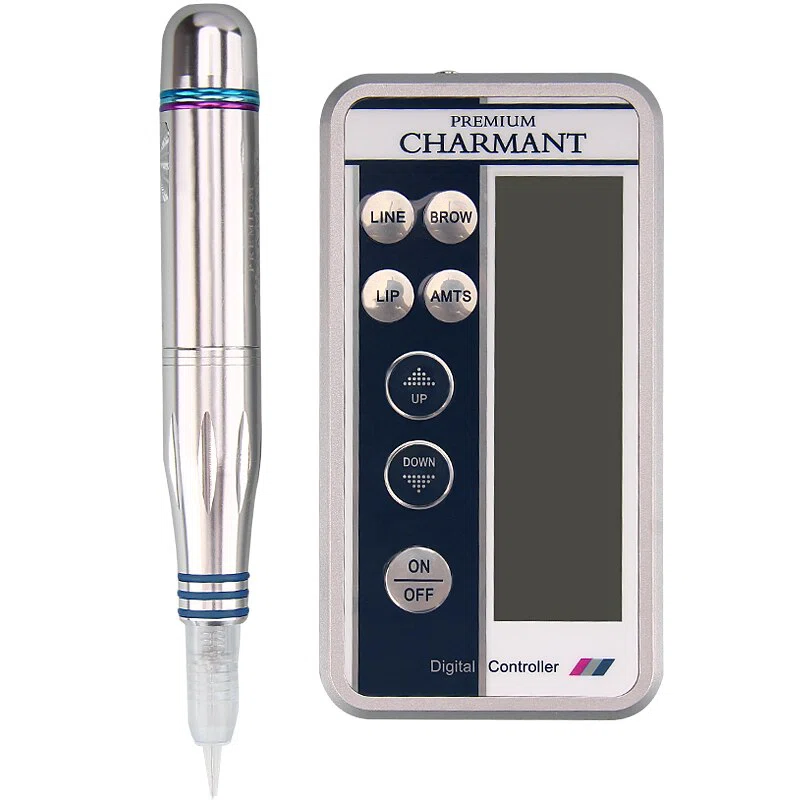
Some useful knowledge about the classic dermographers when picking one is that they tend to heat easily, for what some aestheticists prefer to have more than one at hand to work comfortably. But if you’re just going to use it occasionally, you shouldn’t have much of a problem.
Then you have the digital dermographers, which come in different sizes and shapes, and from variated brands.
The most recommended are those made by Amiea because they don’t overheat, neither do they have cross-contamination risk, as it happens with some classic models.
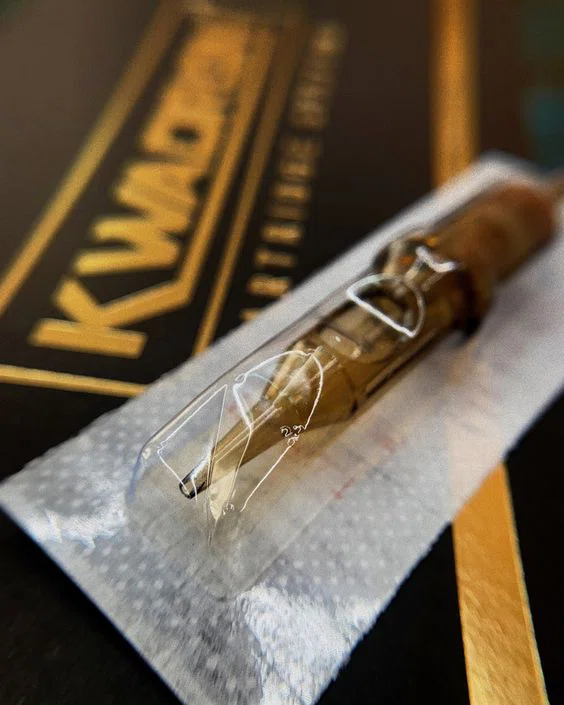
Frequent body areas
This procedure is mostly done over the face, as it offers a more natural and respectful technique with the body.
- Eyebrows. Let’s dwell here for a bit, as this is a specific technique called microblading. It’s been created to refill -hair by hair- a body area that either has no hair or have lost it for some reason. In this case, a needle/blade is used to make pigmentation enter the skin.
This technique is characterized as being manual, which means it doesn’t require special electric machines, ink simply gets in the skin through little scratches made with the needle.
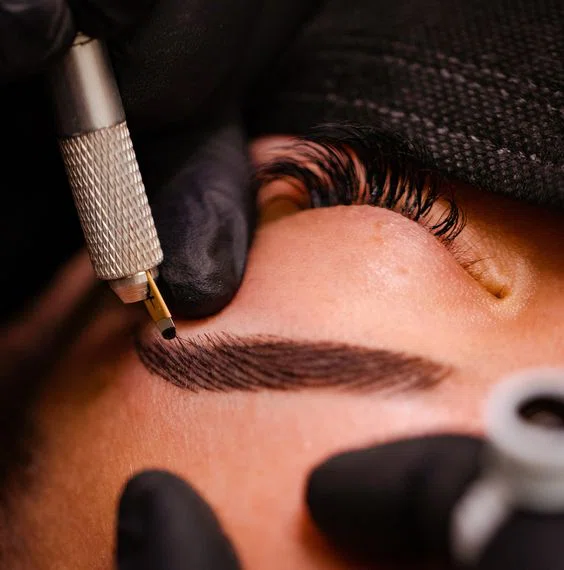
- Lips. Both thickness and colour can be modified with micro-pigmentation, either to stand out its shape or change it. Depending on the client’s needs, this could be more notorious or not, but usually, if it’s well done, you can’t even tell it’s been done.
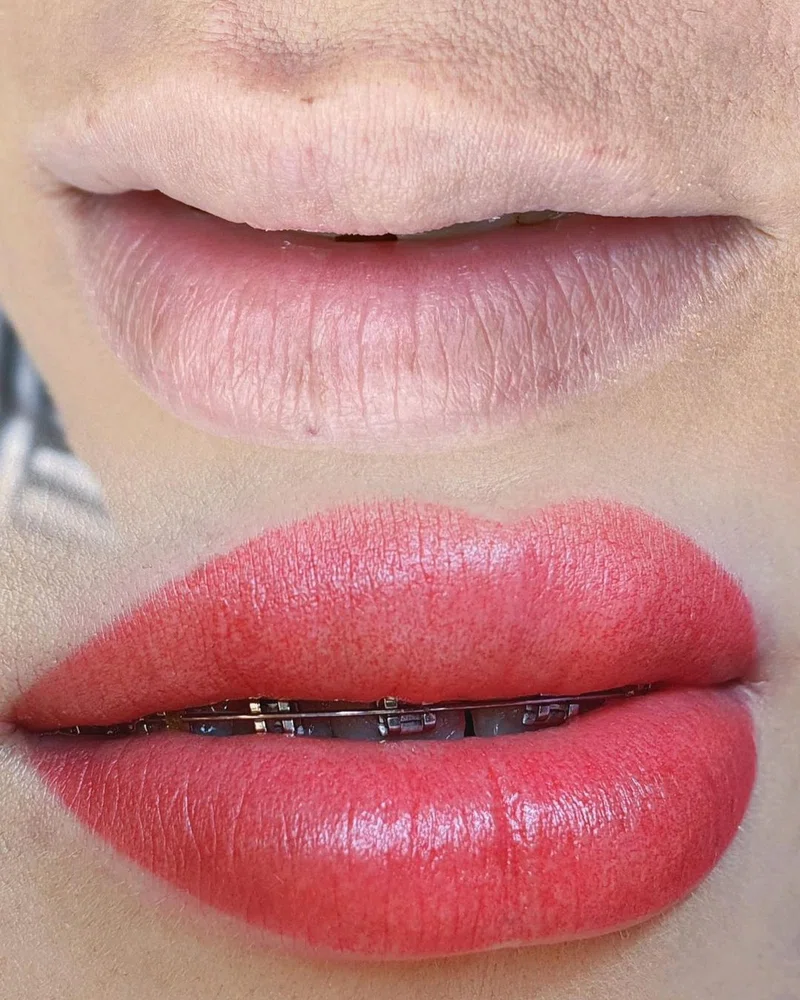
- Eyelids. Many people have a different skin tone than they’d like on their eyelids, so micro-pigmentation can be a solution for it, as it serves to highlight with light pigments. All the same, it’s also useful to give more depth to the body area in a way that it naturally couldn’t.
People may also decide to totally or partially outline their eyes, to avoid using make up constantly. Besides, you could also opt for an almost unnoticeable fine outline to enhance the eyes.
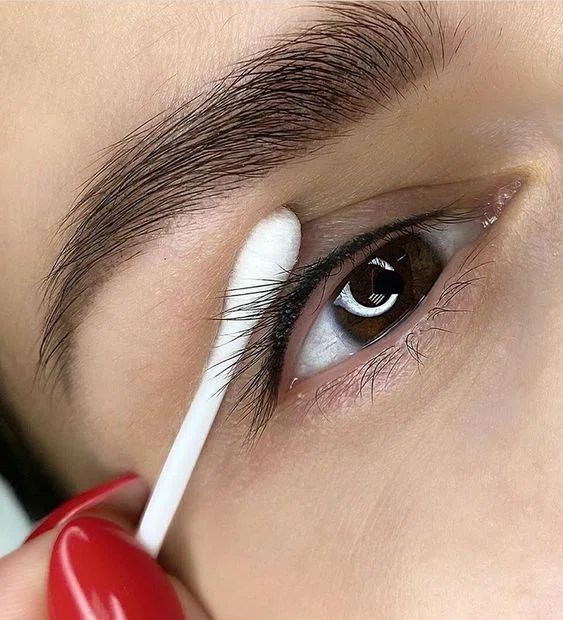
The importance of colorimetry
This seems evident, but having knowledge about color behavior is essential to be able to practice this technique, as it’s crucial to understand how’s your client’s skin and how will ink look over him or her.
We could make a full section on color theory, but we’ll stick to the most important basis. To begin with, you have to be able to distinguish between cold and warm tones.
In order to tailor your colors, you’ll have to use this range as a guideline for obtaining the desired tone.
Logically, you’ll start by mixing the primary colors (red, blue, and yellow). You can always buy prepared inks, but we recommend that you study to create your own colors, that way you’ll understand better how each of them behaves, and finally master this technique.
Keep in mind that every client has a different skin color.
That’s why prepared inks could be as useful as not. However, inks from different fabricators should not be blended. So, you better consult your supplier first or get in touch with your favorite brands to learn all about it. Never practice without knowing!
From primary colors, you can get the followings:
- Secondary colors: obtained from the combination of two primaries.
- Complementary colors: according to the chromatic circle, every tone has its opposite, which complements coldness and warmth. For instance, red and green, blue and orange, yellow and violet.
- Tertiary colors: are those obtained from a primary and a secondary color.
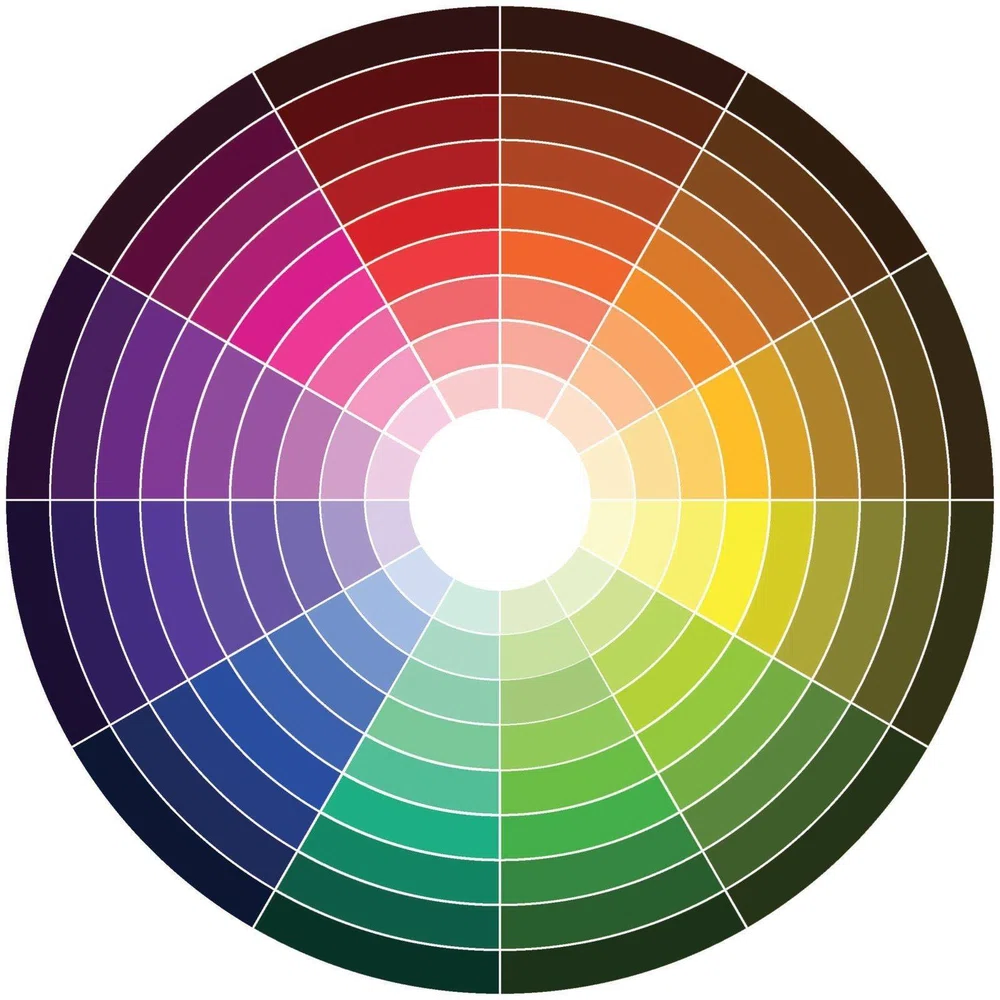
Then, is micro-pigmentation a solution to make up?
It all depends on the purpose. This technique is designed basically to give a more finished look to the natural features or highlight some specific face areas.
Traditional tattooing, on the other hand, could also serve as permanent make up -with its mentioned differences- but always considering that the results are not the same.
If you want to practice this technique, we encourage you to do your research, while keeping in mind that it’s unlike classic tattooing.
Aspects like the machine used, the practice itself or the inks needed are entirely different. So, be well-informed, reach to an aesthetic center who knows all about it and get practicing.